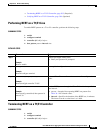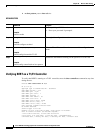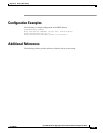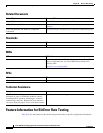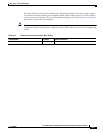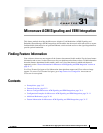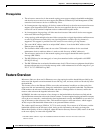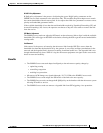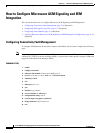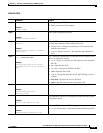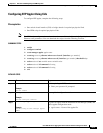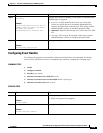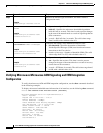
31-3
Cisco ASR 901 Series Aggregation Services Router Software Configuration Guide
OL-23826-09
Chapter 31 Microwave ACM Signaling and EEM Integration
Feature Overview
H-QoS Policy Adjustment
H-QoS policy adjustment is the process of adjusting the egress H-QoS policy parameters on the
IP/MPLS access node connected to the microwave link. This modifies the parent shaper rate to match
the current bandwidth of the microwave link. It also adjusts the child class parameters to ensure correct
priority and bandwidth-guaranteed traffic.
If the available bandwidth is less than the total bandwidth required by Expedited Forwarding (EF) and
Assured Forwarding (AF) classes, the operator can choose to drop AF class traffic or remove the link
from the service.
IGP Metric Adjustment
The IP/MPLS access node can adjust the IGP metric on the microwave link to align it with the available
bandwidth. This will trigger an IGP SPF recalculation, allowing the IGP to get the correct bandwidth for
routing traffic.
Link Removal
Link removal is the process of removing the microwave link from the IGP. This occurs when the
bandwidth loss breaches the threshold set by the operator. It sets off the resiliency mechanisms in the
network, and the degraded link is bypassed, resulting in minimal traffic loss. The degraded link is not
brought administratively down. When it is up, the microwave equipment can signal to the access node
about its status and usability.
Benefits
• The IP/MPLS access network adapts intelligently to the microwave capacity change by:
–
optimizing routing
–
controlling congestion
–
enabling loss protection.
• Microwave ACM changes are signaled through a Y.1731 VSM to the IP/MPLS access node.
• The IP/MPLS access node adapts the IGP metric of the link to the new capacity.
• The IP/MPLS access node can change the H-QOS policy on the interface with the microwave system
allowing EF traffic to survive.
• The IP/MPLS access node can remove a degraded link from SPF triggering a loss protection.



